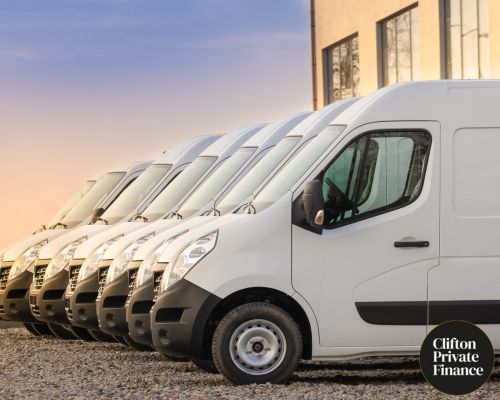Equipment leasing:
Purchasing new office equipment using company cash can put a huge strain on cash flow. Leasing is effectively a rental agreement where a lessee can use and operate equipment or machinery under a lease agreement from the owner (lessor) in return for regular payments.
Depending on the type of lease agreement at the end of the term, the lessee can continue making payments to carry on using the equipment, get an equipment upgrade to benefit from improved technologies or return the equipment back to the owner (lessor).
There are 2 types of equipment leases:
- Operating leases - Usually taken out for a short or medium-term period. Allows the use of an asset but does not convey ownership rights and as such the lessor is not responsible for maintenance. The asset will also not appear on the lessee's balance sheet where rental payments can be offset against profits.
- Finance leases - Often referred to as "Capital Leases" where the lease is taken out typically for the asset's lifetime by the lessee. The lessee will make rental repayments over the rental period equivalent to the asset value plus interest. At the end of the term, the lessee can continue using the asset usually for a lower rental repayment, sell the asset, get a percentage of the sales proceeds, and return the asset to the owner. With a finance lease, VAT can be spread over the repayment term.
Hire Purchase:
With a hire purchase, you can spread the cost of the asset you are buying over time. You own the asset at the term end and you are responsible for maintenance and insurance. Typically a hire purchase agreement will require an initial down payment followed by a set number of repayments of capital plus interest over a fixed term. Typically the type of assets purchased under a hire purchase agreement include business vehicles such as vans and lorries, but this can also include office equipment such as desks and other furniture.
Asset Refinancing
If your business owns assets, then it may be possible to unlock value to release cash. Typically there are two ways to raise finance in this way. One way is to use the asset as a security for a loan. The second way often referred to as asset-based lending is where you can sell an asset to a specialist lender for an agreed amount. Your business can then lease the asset back from the lender based on an agreed capital plus interest repayment schedule.
Pros & Cons of Asset Financing
Pros:
- A great way of reducing the upfront cost of purchasing high-ticket value items
- With fixed repayments, you can budget effectively
- With this type of finance the asset you are buying acts as the security
- The provider normally covers maintenance and insurance costs
- It can be more cost-effective than bank loans or an overdraft facility
- Some providers will give you the option to settle the finance early, should you wish
Cons:
- As with most debt, there are implications if you don't make repayments on time. The asset could be reclaimed which could have a serious impact on your business.
- Certain types of damage to the asset may not be covered by insurance and will need to be covered by you (your business).










